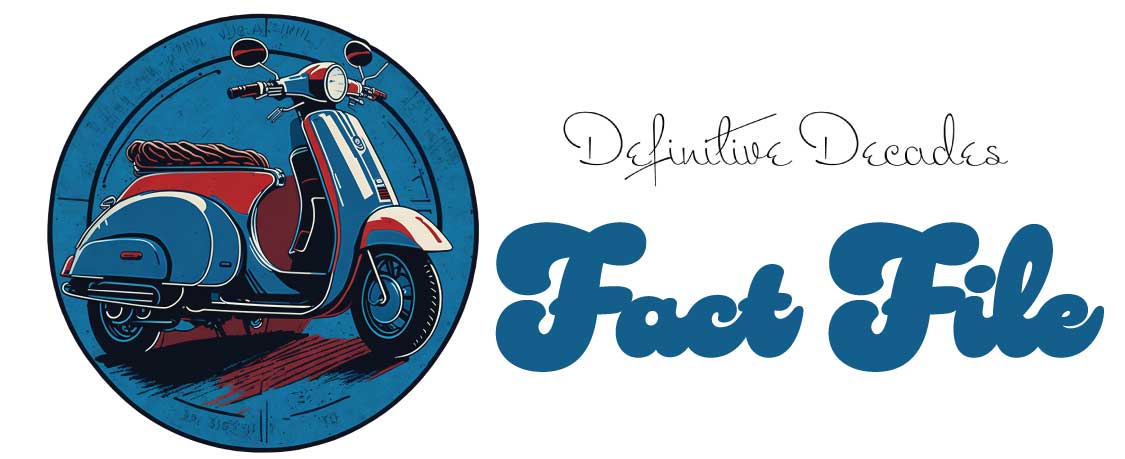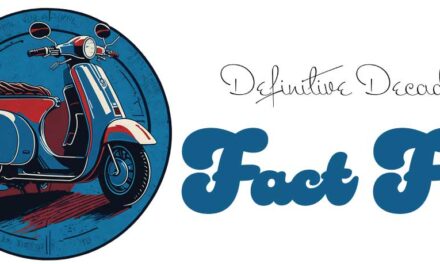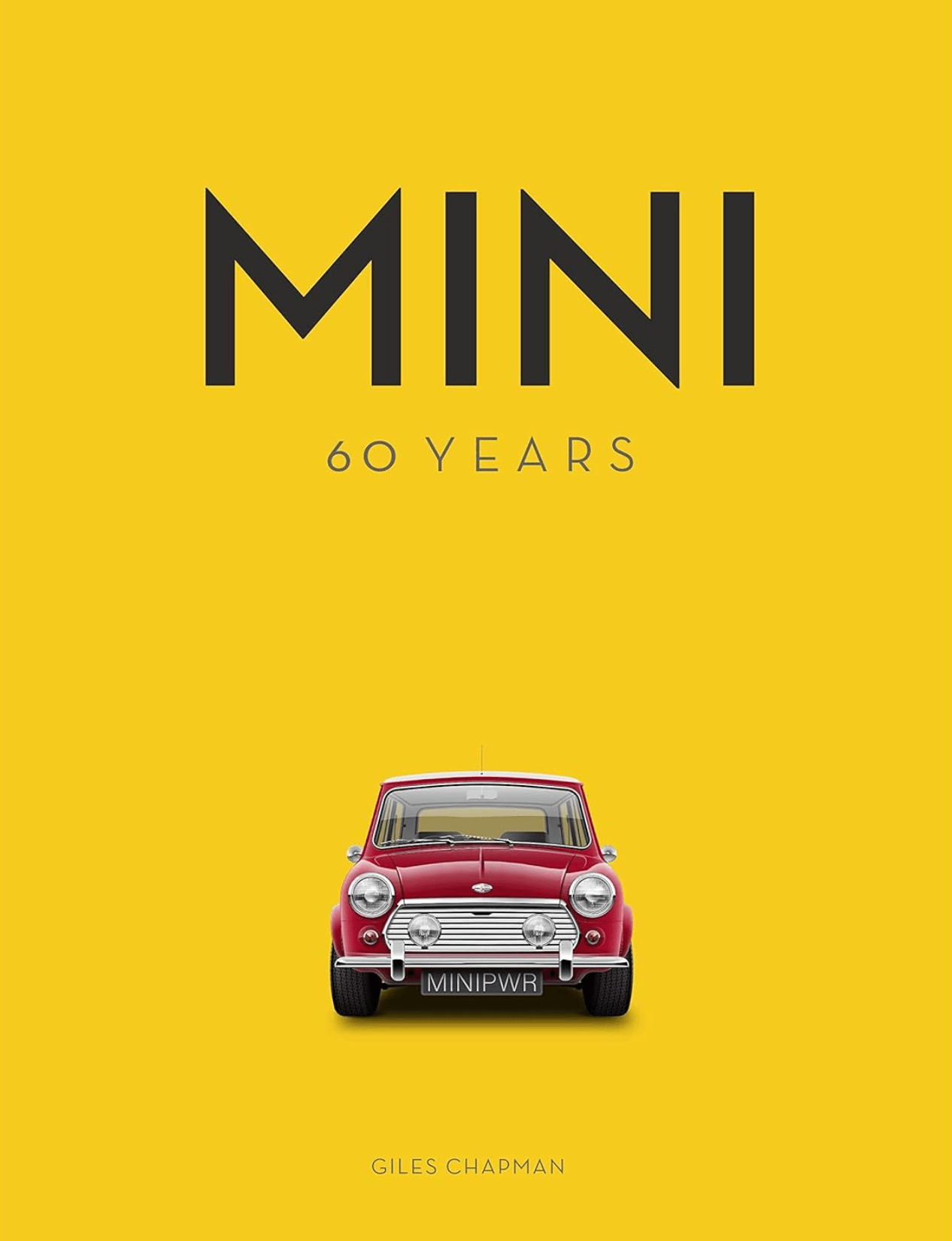Dr. Strangelove: An Iconic Satirical Masterpiece
Released in 1964, “Dr. Strangelove or: How I Learned to Stop Worrying and Love the Bomb” is a black comedy directed by Stanley Kubrick. Considered a timeless classic, the film masterfully blends satire with a unique brand of dark humor. It was released during the height of the Cold War, at a time when the United States and Soviet Union were entrenched in a tense nuclear standoff.
Stanley Kubrick, known for his meticulous attention to detail and ambitious storytelling, directed the film. The screenplay was written by Kubrick, Terry Southern, and Peter George, based on George’s novel “Red Alert.” The movie was produced by Hawk Films, with a budget of approximately $1.8 million.
The film depicts a series of terrifying and absurd events that unfold after a deranged United States Air Force general, Jack D. Ripper, commits an unauthorized nuclear attack on the Soviet Union. As the Pentagon and the Soviet government scramble to prevent an all-out nuclear war, a cast of eccentric characters find themselves intertwined in a perilous chain of events.
The movie features an outstanding cast, with Peter Sellers in three distinct roles, including the titular character, Dr. Strangelove. Sellers’ performance is widely regarded as one of the highlights of the film, showcasing his versatility and comedic genius. Additionally, George C. Scott delivers a memorable performance as General Buck Turgidson, a gung-ho military officer. Other notable actors include Sterling Hayden, Slim Pickens, and Keenan Wynn.
Upon release, “Dr. Strangelove” received critical acclaim for its satirical approach to the Cold War era. The film cleverly skewers the military-industrial complex, political bureaucracy, and the dangerously casual attitude towards nuclear weapons. Audiences were both shocked and entertained by the sharp wit and biting social commentary. The film was praised for its screenplay, direction, performances, and groundbreaking visual effects.
Although “Dr. Strangelove” did not achieve massive box office success, it garnered four Academy Awards nominations, including Best Picture, Best Director, Best Adapted Screenplay, and Best Film Editing. The film resonated with viewers, prompting discussions about the absurdity of nuclear war and the potential consequences of political and military decision-making.
Over the years, “Dr. Strangelove” has left an indelible mark on popular culture. It is often referenced in other films, television shows, and even music. The iconic image of Slim Pickens riding a nuclear bomb as it plunges towards its target has become an enduring symbol of the film’s dark humor. It remains a textbook example of political satire done right.
Despite its critical acclaim and lasting legacy, “Dr. Strangelove” did not spawn any sequels or prequels. However, its impact on the filmmaking industry cannot be overstated. It showcased Kubrick’s directorial prowess and paved the way for future satirical works. The film undeniably remains a masterpiece in both genre filmmaking and social commentary.
In conclusion, “Dr. Strangelove or: How I Learned to Stop Worrying and Love the Bomb” is a satirical black comedy that brilliantly explores the absurdity of the Cold War and the nuclear arms race. With its sharp writing, superb performances, and brilliant direction, the film continues to captivate audiences and serve as a cautionary tale. Its timeless themes and biting humor ensure that it will remain a classic for generations to come.












